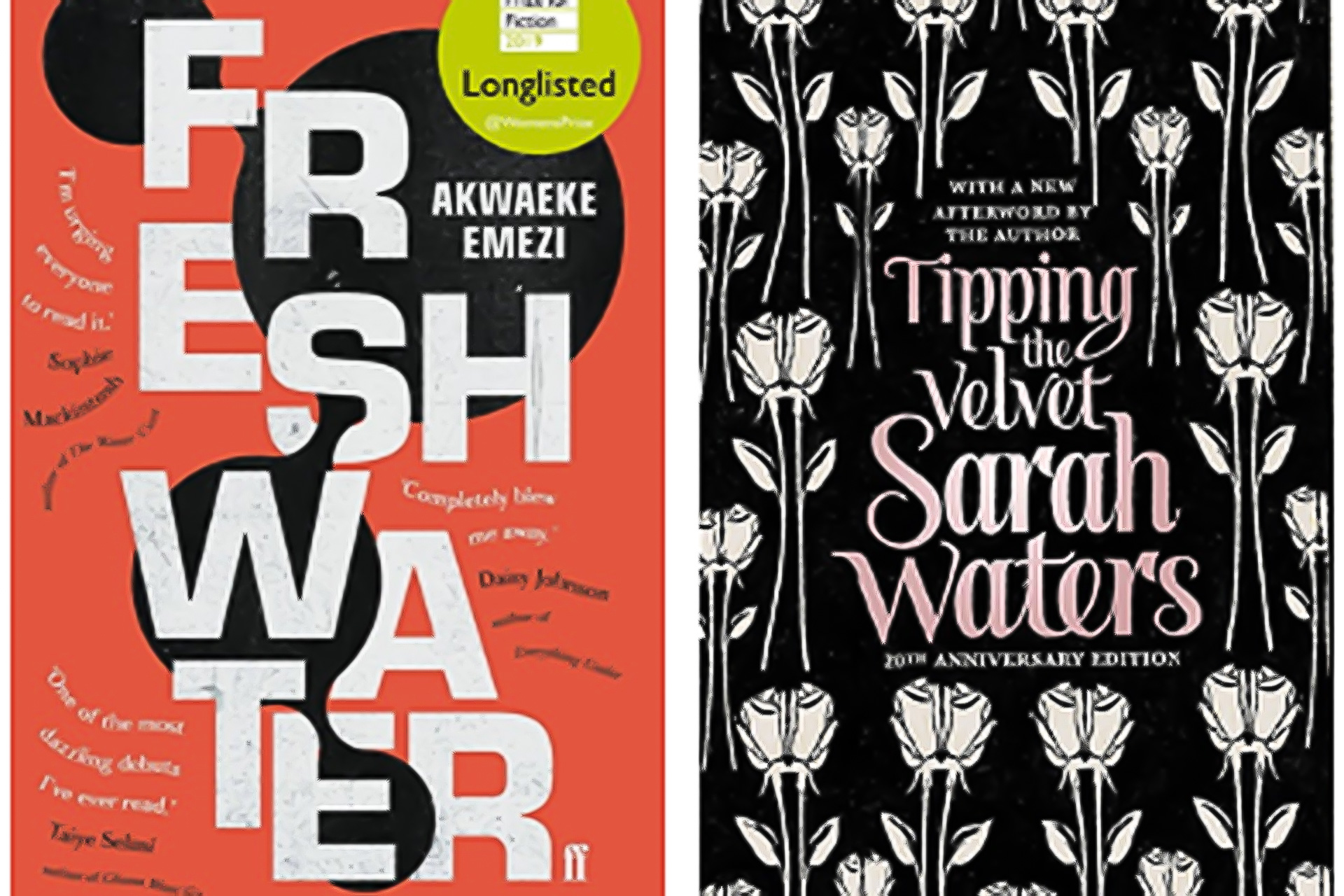To mark this year’s LGBTQ+ History Month, we have put together a list of some literary texts (and a few films), which we think will raise awareness about LGBTQ + issues and experiences.
A big thanks also goes to the students taking EN338: Right/Write to the World: Displacement, Social Movements, Political Action, convened by Bahriye Kemal. They have compiled an excellent list of LGBTQ+ further reading materials, some of which, as you can see, I featured in this blog. You can find their full-list at the bottom of the blog. Many thanks to Bahriye for letting me have access to the list and comments.
Joshua Jennifer Espinoza, There Should be Flowers (Civil Coping Mechanisms 2016)
Trans woman poet Joshua Jennifer Espinoza’s debut poetry collection is a powerful, visceral examination of being and loss; about the body and the self; about remaking the world through language because it refuses your existence. Excoriating, heart-breaking and life-affirming in equal measure.
Franny Choi, Soft Science (Alice James Books 2019)
The most recent book of poems by queer Korean-American poet, Franny Choi, Soft Science examines what it means to be human, how we might understand consciousness, and what human connection might mean in our digitized, mechanized present. Linguistically rich, darkly comical and deeply sad, the poems are populated with cyborgs, sea creatures, celestial objects and social media tragedies.
Danez Smith, Don’t Call Us Dead (Penguin 2017)
Danez Smith’s second poetry collection, Don’t Call Us Dead explores what it means to be Black, queer, non-binary, and HIV-positive in contemporary America. Full of rage, lament and hope, these breath-takingly beautiful poems reflect on police violence, racism, sexuality, and living with HIV in a society whose attitudes and perceptions of it are outdated and discriminative. These are vital world-shattering poems.
CAConrad, Ecodeviance (Wave Books 2014)
CAConrad’s poems create a sense of ‘extreme present’ via the process of their creation, a series of (Soma)tic Poetry Rituals devised by the poet. These procedures find ever-increasingly inventive ways for the body to interact with the world, whether it’s on urban street corners and escalators or in remote mountain landscapes. The resulting poems are full of energy and light, like fragments of quartz crystal.
Soft Science, Don’t Call Us Dead and Ecodeviance are all taught on the MA module EN894 Poetry 2, convened by Dr Eleanor Perry and Dr Kat Peddie. Eleanor is also the Director of the Centre of Gender, Sexuality and Writing – please check out their website to find out more about the fantastic work the Centre members do around the themes of gender and sexuality.
Silence: A Thirteenth-Century French Romance. Ed. and trans. Sarah Roche-Mahdi (Michigan State University Press 1992)
This thirteenth-century poem, originally written in Old French, explores medieval gender roles and identities by following the life of Silence, the daughter of the Earl of Cornwall. Silence is raised as a boy to allow her to inherit her father’s estates, and so comes to embody a specifically aristocratic masculinity. Silence lives and experiences the world as a knight of the highest calibre, having all the usual adventures, exceeding his peers in feats of arms and martial prowess, in chivalric ethics and all the ideals of knighthood. At the heart of the poem there is an allegorical debate between Nature and Nurture who argue over what Silence’s true gender identity is and what determines it, but his assigned birth gender is only revealed to wider society once he is accused of rape. The poem ends by reassigning Silence to a feminine gender; he is stripped of male clothing and accoutrements, given a feminised version of his name and married to King Mark, becoming Queen of the realm but also placed firmly back within the parameters of patriarchal and gender norms.
The Questioning of John (Eleanor) Rykener, Prostitute, London (1395)
Check out this short but fascinating medieval document, which records the interrogation of a prostitute identified legally as John Rykener but going by the name of Eleanor. Discovered at their trade wearing women’s clothing, John/Eleanor allegedly first learned how to dress and behave like a woman from a female prostitute, who also taught the young ‘John’ how to ‘practice [the] detestable vice [i.e. sex] in the manner of a woman.’ This rare document gives us crucial insight into the potential fluidity and complexity of medieval gender identities and sexualities, as well the legal and moral frameworks in which they were understood.
To find more about the document, see also Jeremy Goldberg, David Lorenzo Boyd and Ruth Mazo Karras’s article on this in A Journal of Lesbian and Gay Studies (1995), and Carolyn Dinshaw, Getting Medieval: Sexualities and Communities, pre- and Postmodern (1999). This document is also explored as part of EN725: A Woman’s Tale: Writing Female Identity and Experience in Medieval Europe, convened by Dr Clare Wright.
Declan Kavanagh, Effeminate Years: Literature, Politics, and Aesthetics in Mid-Eighteenth-Century Britain (Bucknell University Press 2017)
Effeminate Years is a brilliant book to go to if you want to find out about gender and sexuality in the eighteenth century, and their relevance in thinking about current LGBTQIA+ issues. The book centres on the political figure of John Wilkes (1725-97) to explore ‘how effeminacy figures as a discourse of crisis that surfaces in the civic writing, aesthetic theorizing, and political satire of the late 1750s and 1760s in Britain’. It also shows how the mid-century effeminacy crisis served to re-conceive male heterosexuality as the very mark of political legitimacy. For those interested in the topic, please check out Dr Gilmore-Kavanagh’s MA module EN868: Queer Enlightenments: Eighteenth-Century Narratives of Sex and Gender.
Check back for the final instalment!
Read part one.

